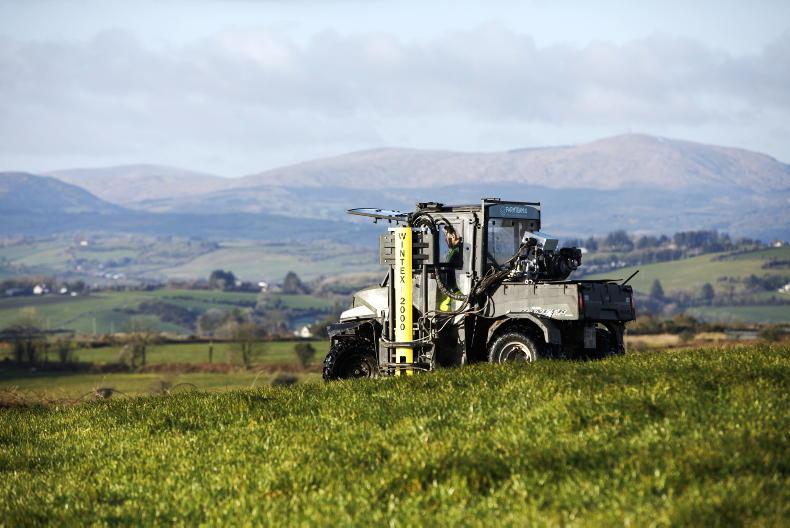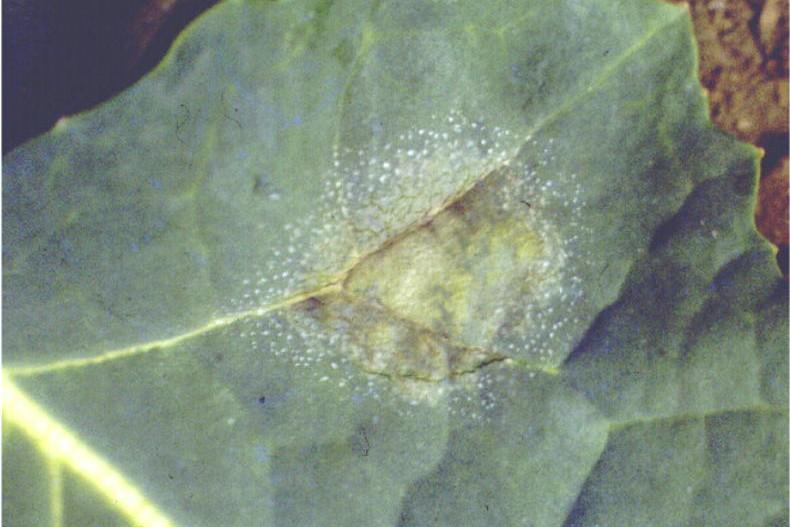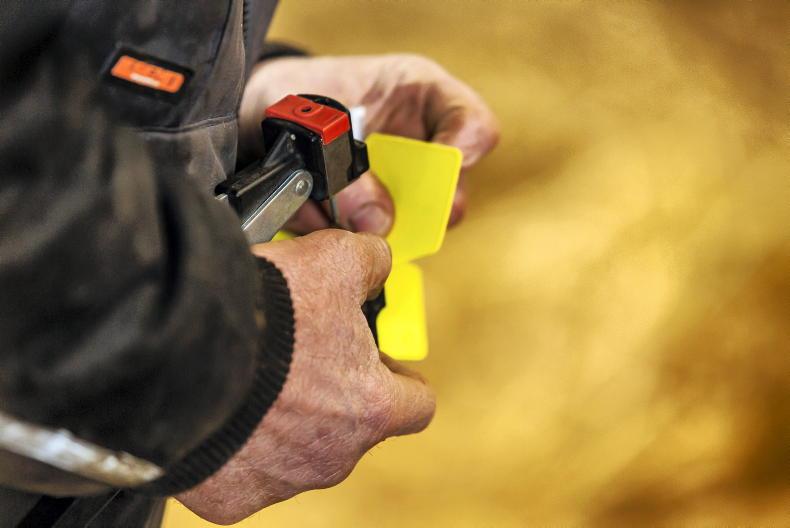All farms should have an up-to-date set of soil samples taken within the last three years, ideally. If your soil samples are not up to date then take a new set.
You may find that soil indices have improved and need less fertiliser or a maintenance rate. Either way, you will know where best to target fertiliser.
Unfortunately, Teagasc soil sample analysis shows that the number of soils at optimum levels for soil pH, phosphorus (P) and potassium (K) has declined from 19% to 16%.
Once you have your soil sample results the first thing you should look at it is the soil pH. If your soil is at the correct soil pH, then it will work better and nutrients should be more available.

In general, you should be aiming for a soil pH of about 6.5, but some crops such as beans and peas, for example, prefer a soil pH of about 7.
Correcting soil pH can actually result in an improvement in P and K indices as the nutrients become more available.
Lime is a relatively cheap investment and could be the best spend you make in the year.
Funding worth €8m was announced for lime application in Budget 2023, but details of this funding are yet to be disclosed.
You can also go one step further and sample lime for variable rate mapping.
Often, there may be parts of fields which are underperforming and these areas could be low in lime.
Variable rate spreading can deliver more lime to one area of a field and less to another area.

Many lime-spreading contractors have spreaders that can apply lime at variable rates, once they have a soil sampling map which identifies the different soil pH levels in different areas of the field.
Being on top of the accounts is essential. Estimate your costs and returns and see if there are areas where money can be saved.

You won’t know how much you’re going to get paid for produce in a few months’ time, so sometimes it’s good to be pessimistic on costs and returns.
Is there an opportunity to manage risk by forward-selling produce or taking out some sort of insurance with your local merchant? For example, options are available on grain with some buyers.
Fodder support, ACRES, protein aid and the straw incorporation measure are all examples of schemes, which can bring in some income or provide a guaranteed price for produce such as straw. Make use of these schemes, so that you have income that you know is guaranteed once the regulations are adhered to.

The soil sampling scheme will also reopen in 2023, while the multispecies sward and red clover funding looks set to restart.
There is also expected to be funding for liming and, remember, the TAMS funding is reset and all farmers are now back to a €90,000 fund for the new CAP.
Choose nitrogen-fixing crops
Choosing to grow nitrogen-fixing crops on your farm can significantly reduce your fertiliser bill.
Beans and peas do not require any nitrogen and receive a payment guaranteed to be at least €350/ha in 2023.
Clover should be sown in reseeds and over-sown in grass swards where clover levels are low. Where clover is distributed across 70% of a field or more, then nitrogen can be completely cut from these swards.

Funding is expected to be available for farmers to plant multispecies swards and red clover. This will also help to reduce reseed costs.

sustainable farm insights lockup 2022
All farms should have an up-to-date set of soil samples taken within the last three years, ideally. If your soil samples are not up to date then take a new set.
You may find that soil indices have improved and need less fertiliser or a maintenance rate. Either way, you will know where best to target fertiliser.
Unfortunately, Teagasc soil sample analysis shows that the number of soils at optimum levels for soil pH, phosphorus (P) and potassium (K) has declined from 19% to 16%.
Once you have your soil sample results the first thing you should look at it is the soil pH. If your soil is at the correct soil pH, then it will work better and nutrients should be more available.

In general, you should be aiming for a soil pH of about 6.5, but some crops such as beans and peas, for example, prefer a soil pH of about 7.
Correcting soil pH can actually result in an improvement in P and K indices as the nutrients become more available.
Lime is a relatively cheap investment and could be the best spend you make in the year.
Funding worth €8m was announced for lime application in Budget 2023, but details of this funding are yet to be disclosed.
You can also go one step further and sample lime for variable rate mapping.
Often, there may be parts of fields which are underperforming and these areas could be low in lime.
Variable rate spreading can deliver more lime to one area of a field and less to another area.

Many lime-spreading contractors have spreaders that can apply lime at variable rates, once they have a soil sampling map which identifies the different soil pH levels in different areas of the field.
Being on top of the accounts is essential. Estimate your costs and returns and see if there are areas where money can be saved.

You won’t know how much you’re going to get paid for produce in a few months’ time, so sometimes it’s good to be pessimistic on costs and returns.
Is there an opportunity to manage risk by forward-selling produce or taking out some sort of insurance with your local merchant? For example, options are available on grain with some buyers.
Fodder support, ACRES, protein aid and the straw incorporation measure are all examples of schemes, which can bring in some income or provide a guaranteed price for produce such as straw. Make use of these schemes, so that you have income that you know is guaranteed once the regulations are adhered to.

The soil sampling scheme will also reopen in 2023, while the multispecies sward and red clover funding looks set to restart.
There is also expected to be funding for liming and, remember, the TAMS funding is reset and all farmers are now back to a €90,000 fund for the new CAP.
Choose nitrogen-fixing crops
Choosing to grow nitrogen-fixing crops on your farm can significantly reduce your fertiliser bill.
Beans and peas do not require any nitrogen and receive a payment guaranteed to be at least €350/ha in 2023.
Clover should be sown in reseeds and over-sown in grass swards where clover levels are low. Where clover is distributed across 70% of a field or more, then nitrogen can be completely cut from these swards.

Funding is expected to be available for farmers to plant multispecies swards and red clover. This will also help to reduce reseed costs.

sustainable farm insights lockup 2022
















SHARING OPTIONS